Search
Remove Ads
Advertisement
Search Results
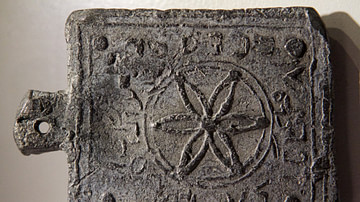
Definition
The Bar-Kochba Revolt
The Bar Kochba Revolt (132–136 CE) was the third and final war between the Jewish people and the Roman Empire. It followed a long period of tension and violence, marked by the first Jewish uprising of 66-70 CE, which ended with the destruction...
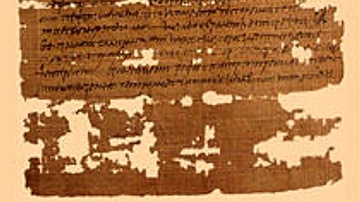
Definition
Cave of Letters
Everyone is aware of the Dead Sea Scrolls, but few realise that these were just one find in a region which continues to yield hundreds of finds significant to our understanding of lives in the first centuries CE, the Jewish revolts and the...
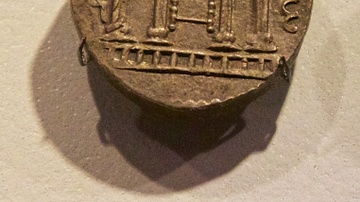
Image
Bar Kochba Coin
Silver and bronze coins were struck by the Bar Kokhba administration between 132-135 CE over the top of Roman coins. Some bear Bar Kokhba's name and his title "Prince of Israel"; others bear the phrases "for the freedom of Jerusalem" or "for...

Image
Kfar Bar'am Synagogue
The ruins of the 3rd century CE synagogue at Kfar Bar'am, northern Israel.

Image
Bar Kochba Administration Weight
Inscribed lead weight, 803.6 grams used to ensure fair dealing in markets. It was issued by the administration of Simon Bar Kochba (son of the star) during the revolt of 132-135 CE. It was found at Beth Guvrin, one of his administrative centres...

Image
Micklegate Bar, York
Micklegate Bar, York, one of the medieval gates of the city. The gate was first built in the 12th century CE and then extended upwards in the 14th century CE.
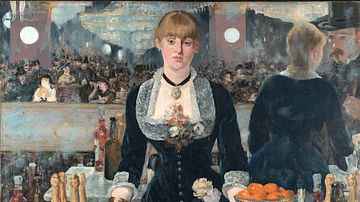
Image
Bar at the Folies-Bergère by Manet
An 1881-2 oil on canvas painting, Bar at the Folies-Bergère, by Edouard Manet (1832-83), the French modernist painter. Manet's last great masterpiece, he plays with realism by having the barmaid's reflection at an impossible angle in the...

Image
The Lafitte Brothers in Dominique You's Bar
A c. 1821 painting attributed to John Welsey Jarvis of the pirate brothers Pierre and Jean Lafitte (also spelt Laffite, c. 1780-1820/26) who operated in the Gulf of Mexico from 1810 to 1820. (Louisiana State Museum, New Orleans)
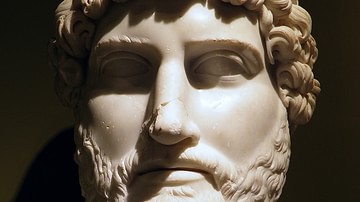
Definition
Hadrian
Hadrian (l. 78-138 CE) was emperor of Rome (r. 117-138 CE) and is recognized as the third of the Five Good Emperors (Nerva, Trajan, Hadrian, Antoninus Pius, and Marcus Aurelius) who ruled justly. His reign marked the height of the Roman Empire...
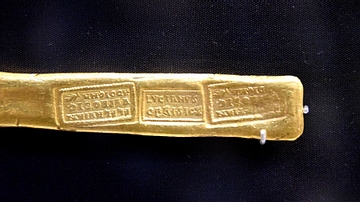
Image
Roman Gold Bar Stamped with Assayers
In the Late Roman Period, precious metal that had been paid in tax was melted down into bars before being re-minted, to eliminate plated forgeries. Because local mint officials could be corrupt, the bars were stamped with the names of the...